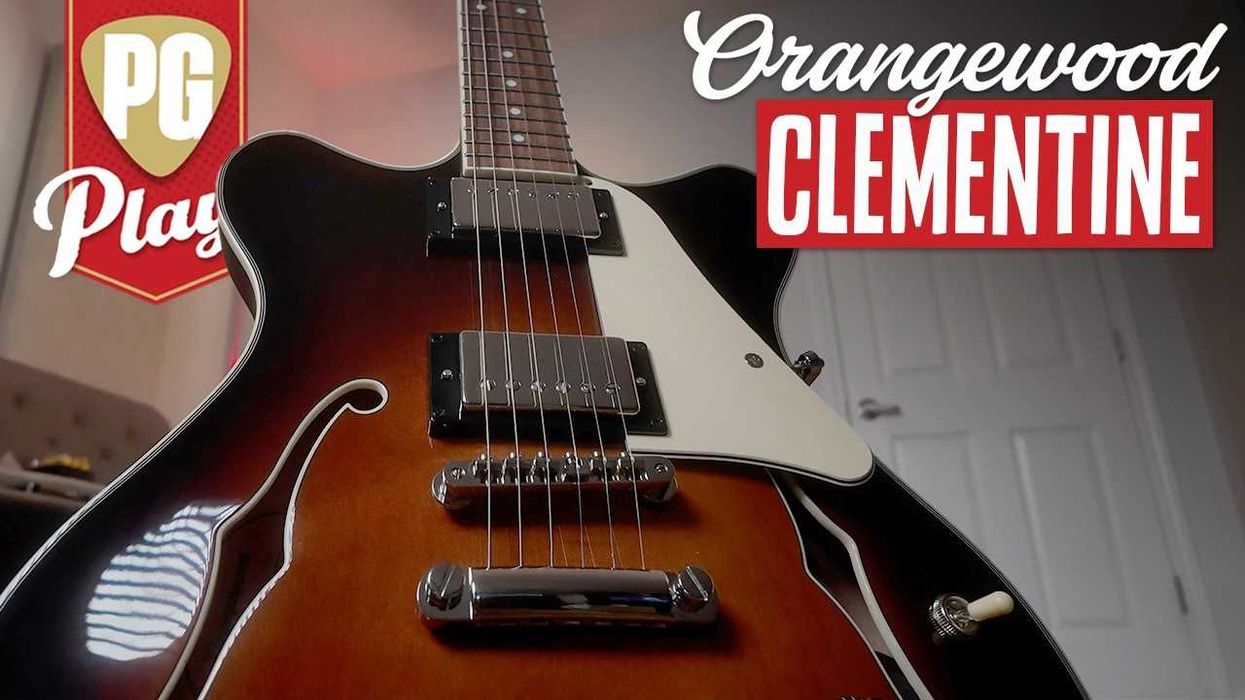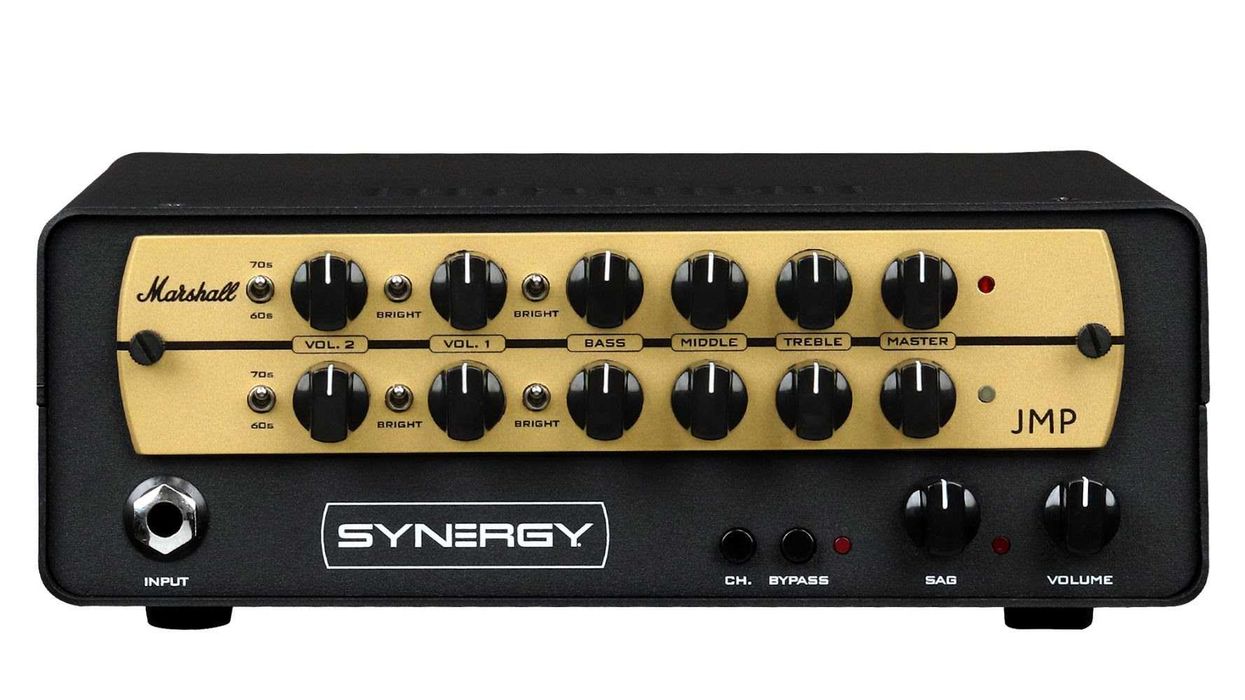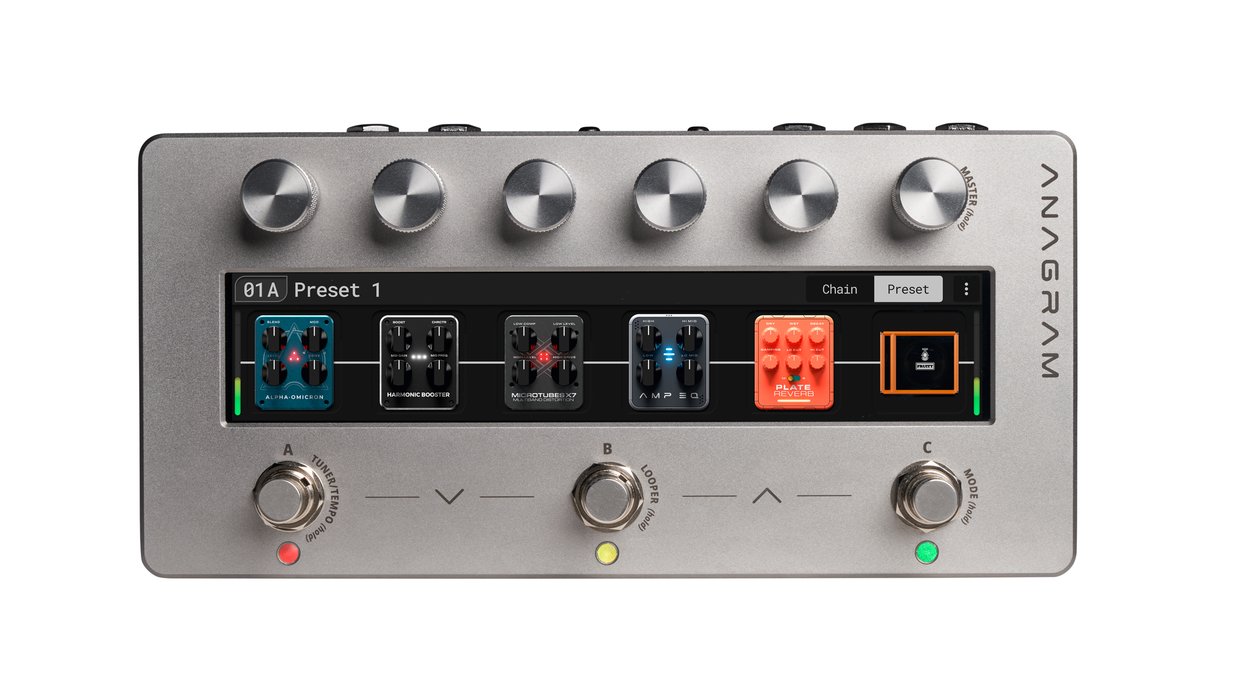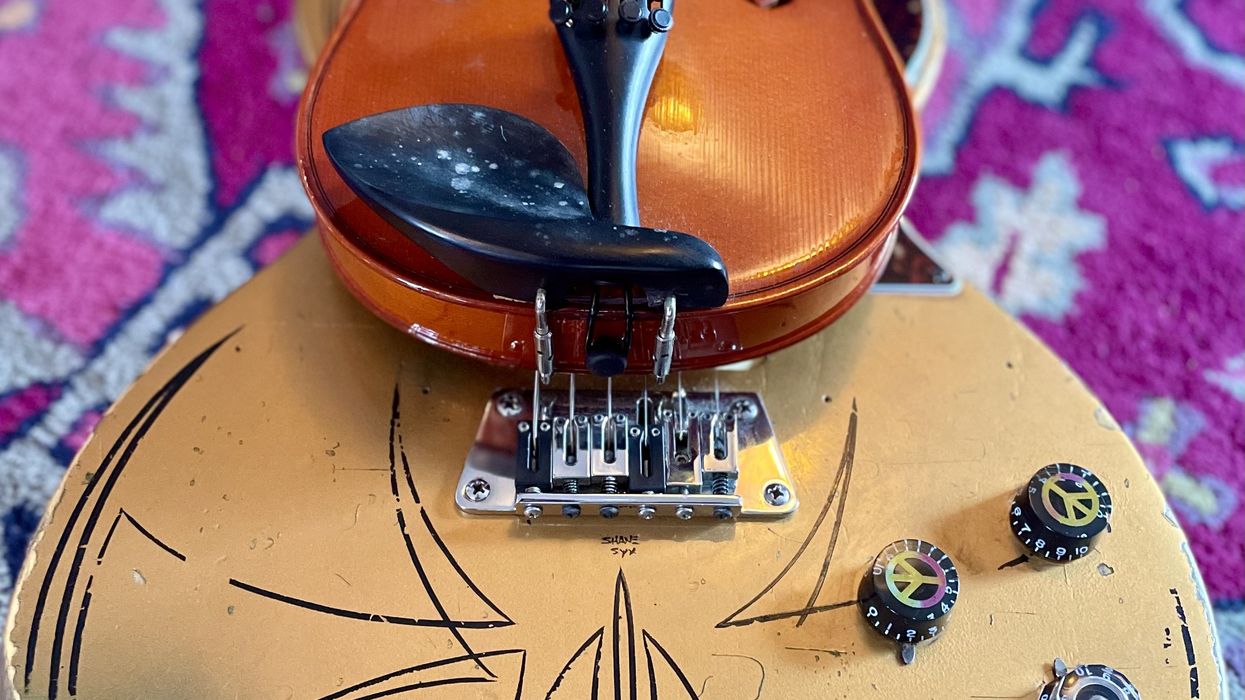When Nile Rodgers speaks, we should listen. His seminal work with his own band, Chic, as well as Sister Sledge, Michael Jackson, Mick Jagger, Eric Clapton, Peter Gabriel, Madonna, David Bowie, and Daft Punk, has made him a legend. He also filmed an entertaining Rig Rundown with PG just last year.
I recently listened to his 2017 South by Southwest address, where he told a story about a formative moment in his life. Nile was complaining to his guitar teacher, Ted Dunbar, about having to sing the Archies’ “Sugar, Sugar” at an upcoming cover band gig. Dunbar replied, “Let me tell you something. Any song that sells and gets to the Top 40 ... is a great composition.” Rodgers was skeptical. Then Dunbar added, “Especially ‘Sugar, Sugar.’ That has been No. 1 for four or five weeks.” Next, Dunbar said something that changed Rodger’s life. “‘Sugar, Sugar’ was successful,” he said, “because it speaks to the souls of a million strangers.” Rodgers noted: “Two weeks later, I wrote a song called ‘Everybody Dance.’” Released in 1977, it was a Top 40 single on Chic's first album.
In a BBC This Cultural Life interview, Rodgers said that Dunbar “described an artist to me. I wasn’t an artist until he defined that. I wanted to speak to the souls of a million strangers, but I thought what I wanted to do was speak to some real cool people hanging out in jazz clubs.”
“Everybody Dance” and “Sugar, Sugar” both have hypnotizingly simple lyrics you inevitably replay in your head. Humans like chants, cheers, slogans, and catchy choruses. Rodgers' success came, at least in part, from opening himself up to simplicity that appeals to the masses instead of the complexity that appeals to jazzers. That’s the irony. Jazz, which ostensibly is all about freedom, is often restrictive. Like the old joke goes, jazzers play millions of chords for four people. Pop, rock, and country artists play four chords for millions of people.
Rodgers said, “That's what my teacher taught me, that anti-snobbery. Be open. Love all the music you are around, or at least try and appreciate what that artist is trying to say. Try and have, what we call in the music business, big ears.”
My friends and I have all, at times, been music snobs. I went through a blues binge in my youth where I was prejudiced against shredders. This was not uncommon at the time. After Nirvana hit with Nevermind in 1991, suddenly musicians were openly mocked for playing complex, difficult parts. It was almost like if you cared enough to really learn to play guitar, you were uncool. That was a big relief for me, as I could play neither complex nor difficult parts at the time.
“Taylor Swift is the Beatles of my daughter’s generation.”
Later, when I moved to Nashville, I was all about clean Telecasters and thought ill of music with lots of dirt or effects. Younger me would have plenty of condescending quips about my current love of overdriven humbuckers and delay. Most of my snobbery was driven by my deep insecurities, but part of it was tribalism. The heart wants what it wants; when you find your musical tribe, most of the young zealots trade all others for their one true religion. It might be the only way to get good at something.
On the other hand, my friends and I listen to a variety of music, but the common factor is it usually involves good guitar playing. We love what we love because it speaks to our souls. But most guitar players are drawn to those who are doing what we wish we could do. My uncle Fred used to say, “There’s nothing wrong with being a snob. It just means that you have good taste.”
Between club dates, sessions, and the occasional TV gig, I play with tons of people. I have no say in the set list, so “Sugar, Sugar” moments are unavoidable. I used to feel deep shame playing those types of songs, like it reflects poorly on my personal taste or abilities. In short, I was prejudiced until I saw all of the true pros who could find something beautiful, challenging in the seemingly mundane. It’s like the old actor’s adage: There are no small parts, just small players.
According to Forbes, Taylor Swift was “The Biggest Artist in the World in 2023.” That being the case, her songs inevitably come up on cover gigs. When this happens, some musicians might groan, like it makes them cool to hate on pop culture. But that’s probably because they don't really know her work. Taylor Swift is my 8-year-old daughter’s Alexa go-to, so I know Taylor’s catalog really well. Turns out, it’s amazing, full of truly catchy, engaging, touching songs. Taylor Swift is the Beatles of my daughter’s generation. Snobs will think that statement is heresy, but snobs often don’t know what they are talking about, and they never have as much fun as the people who are dancing violently to “Shake It Off,” or singing with eyes closed to “All Too Well.”















